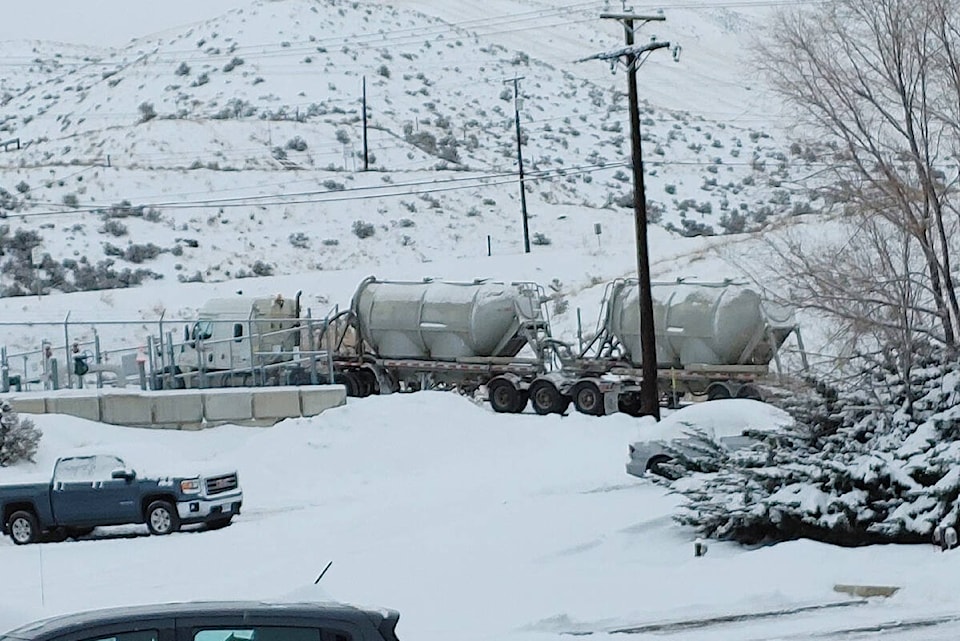There are still more than two months of winter to go, and with further snowfalls likely in the Southern Interior, ICBC is urging drivers to help keep roads safe by adjusting their driving and ensuring their vehicle is ready for less-than-ideal road conditions.
Each year in the Southern Interior, the number of crashes due to driving too fast for the conditions increases 138 per cent in January compared to October (126 vs. 53 crashes) as the weather worsens. This is the largest increase throughout the province.
In bad weather, or when roads are anything but bare and dry, drivers need to slow down, increase their following distance, and allow extra travel time. Keep an emergency kit — containing items such as food, water, warm clothing, a blanket, and a flashlight — in your vehicle at all times to help you and your passengers stay safe.
Here are ICBC’s top tips for drivers of all experience levels:
Get your vehicle ready: Make sure your tires are rated for the conditions you’ll be driving in throughout your journey, and check your tire pressure regularly, as it drops in cold weather. Visit www.drivebc.ca to check road conditions for your entire route; you’ll also find travel alerts and advisories.
Get rid of snow: Clear off all the snow that has built up on your vehicle — not just the windows — before driving. This includes the hood, roof, headlights, wheel wells, and external sensors if you have a collision warning system.
Stay bright to be seen: Consider using your headlights and taillights whenever weather is poor and visibility is reduced — not just at night — to help you see ahead and be seen by other drivers. Keep in mind that daytime running lights usually don’t activate your taillights, making you harder to see from behind in bad weather.
Slow and steady: The key to winter driving is to be slow and steady. Avoid unexpected sudden movements that could cause you to skid. That means you should accelerate gently, steer and turn slowly and gradually, and brake slowly and early. Anticipate turns, stops, and lane changes well in advance so you can start to slow down rather than jamming on the brakes. Use low beam lights, and don’t use cruise control on slippery roads.
Watch for plows: In bad weather, use extreme caution around snow plows. Maintain a safe following distance and don’t pass them: it’s not safe. These vehicles may be equipped with a wing blade on either of its sides, which may not be visible due to the snow it sprays.
Consider your options: If severe winter conditions arrive, or the roads aren’t good, stay at home if you can, or at least wait until road crews have cleared major roads. Consider alternatives to driving yourself, such as sharing a ride with a friend or neighbour, particularly if you’re not confident driving in winter conditions.
editorial@accjournal.ca
Like us on Facebook and follow us on Twitter
